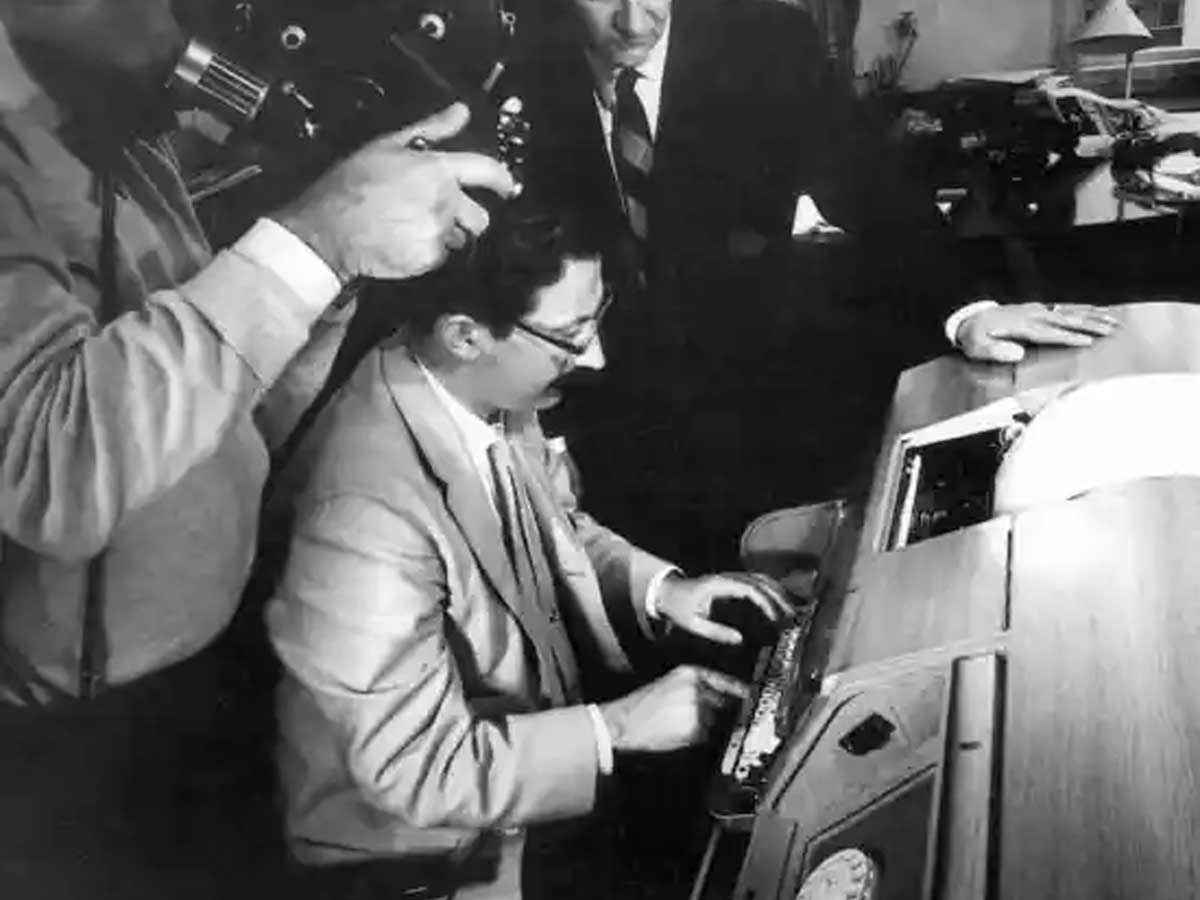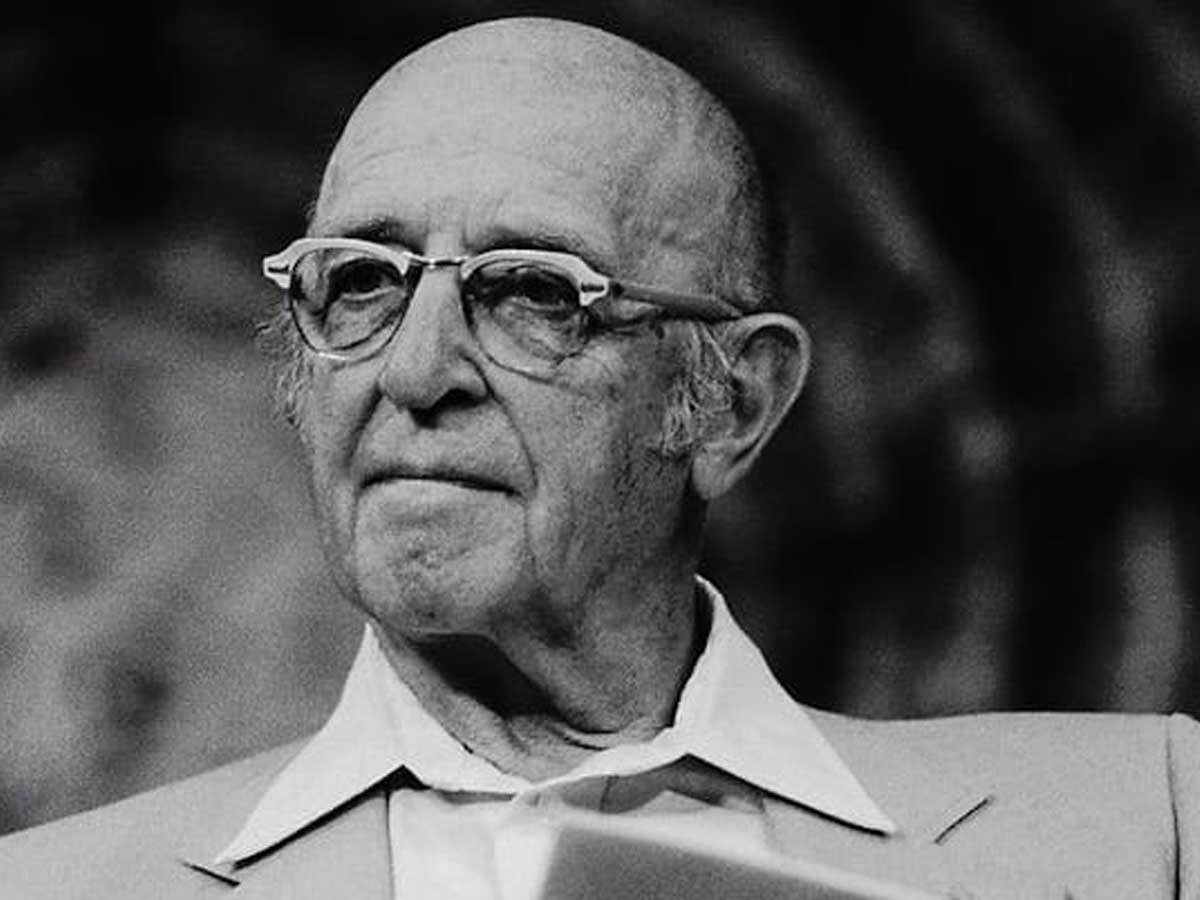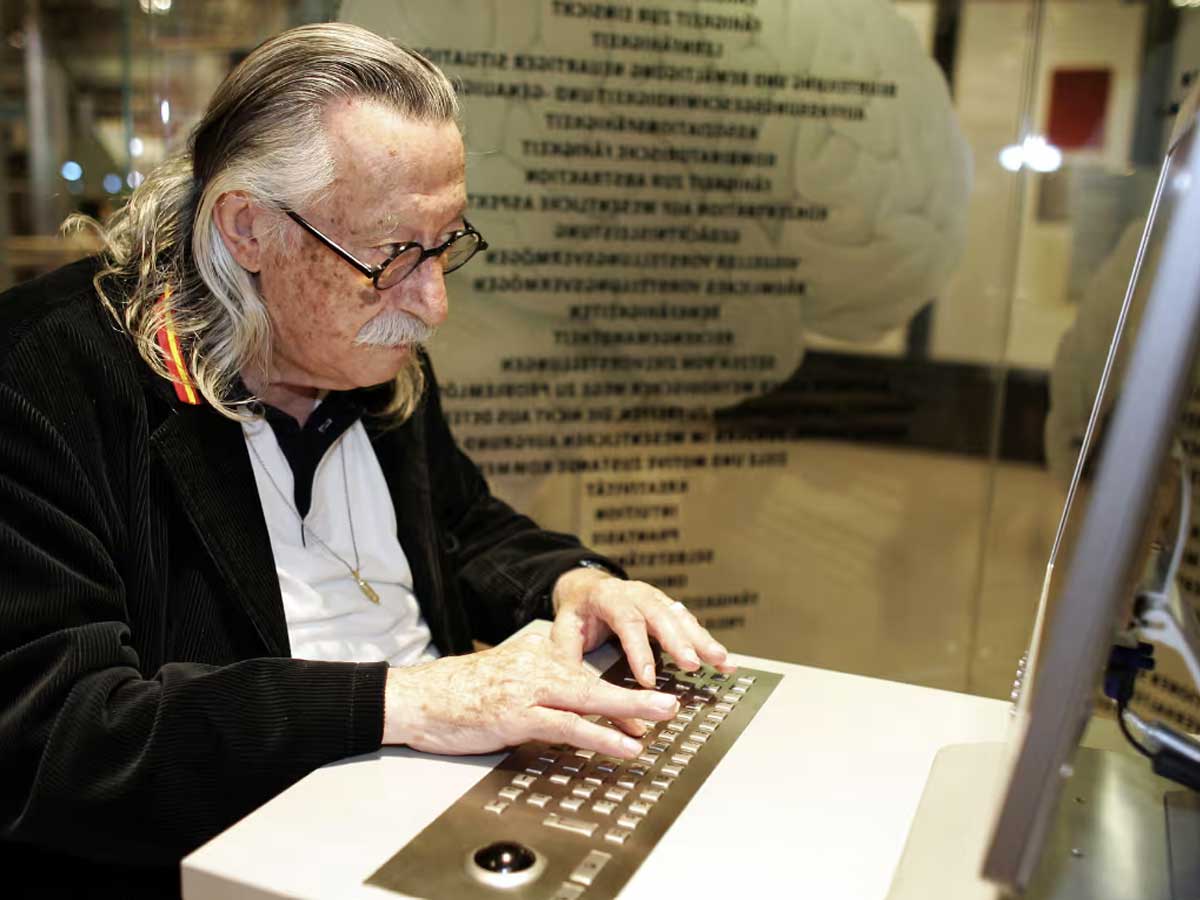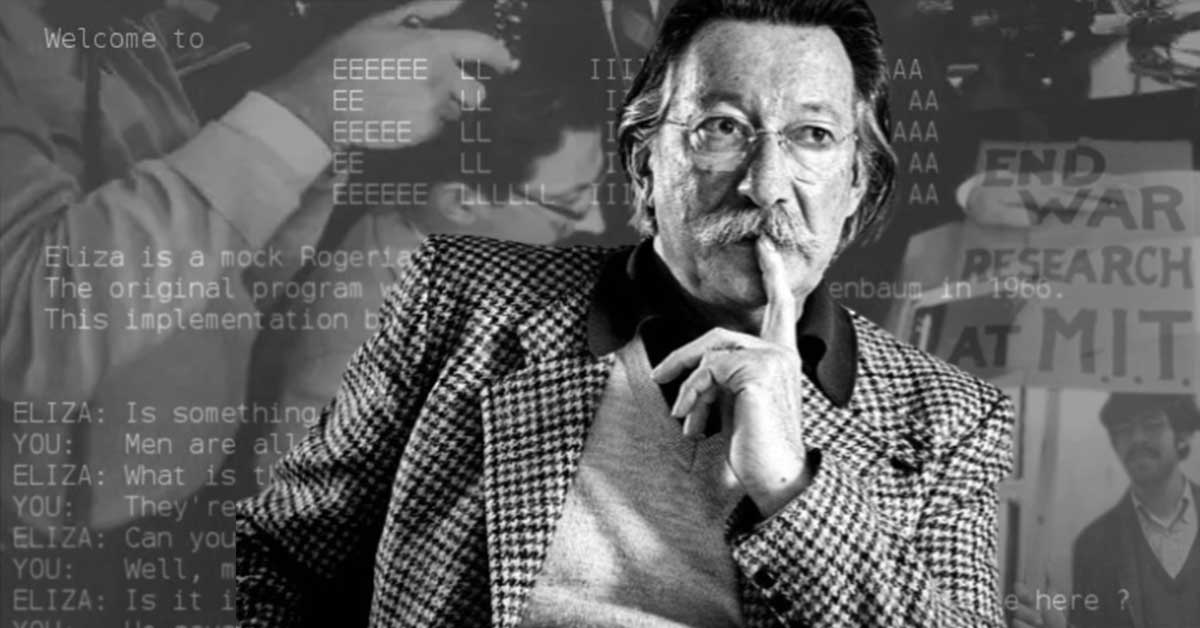Joseph Weizenbaum is a man whose name may not be on everyone's lips. Still, his contributions to computer science and artificial intelligence (AI) are revolutionary. Let's meet the amazing father of Eliza.
Little Joseph Weizenbaum was born on January 8, 1923, in Berlin, Germany. During this era, Adolf Hitler's regime was gaining power. In the mid-1930s, Weizenbaum's family left Nazi Germany and came to the United States.
In 1941Weizenbaum started higher education at Wayne University. In 1942Joseph Weizenbaum paused his studies and joined the U.S. Army Air Corps as a meteorologist.

However, he was initially declined the opportunity to work in cryptology due to his "enemy alien" status. After World War II, precisely in 1946, he resumed his education at Wayne State. In 1948, he proudly obtained his Bachelor of Science (BS) degree, followed by his Master of Science (MS) degree in 1950.
Joseph Weizenbaum - Creator of Eliza, the first Chatbot psychotherapist
In 1952, Weizenbaum began as a research assistant at Wayne University, concentrating on analog computers. He later played a key role in creating a digital computer.
In the 1956s, Joseph Weizenbaum joined the General Electric team, and they were trying to develop an automated banking operation computer system for the Bank of America.
This system is called ERMA. This system introduced magnetically encoded fonts on checks, enabling automated check processing through MICR technology.

In the early 1960s, he was developing a chatbot computer program for the study known as ELIZA. Using SLIP programming language. SLIP is basically a list-processing computer programming language. Joseph Weizenbaum invented the SLIP language. The name SLIP has a meaning to it. SLIP - Symmetric LIst Processor
The program Weizenbaum created could have conversations by matching patterns in statements to figure out its replies. Programs designed this way are now called chatbots. The program was named DOCTOR, and could have conversations that sounded a lot like talking to an empathetic psychologist.

Weizenbaum made the program talk like famous psychologist Carl Rogers, who used open-ended questions to get patients to open up more to therapists. Weizenbaum was shocked that many people using the program took it seriously and opened up emotionally to it like a real therapist.
One time, when his secretary was using the program and knew it was not real, she still asked Weizenbaum to leave the room for privacy! Many people thought this program was an early thinking machine, but Weizenbaum later wrote that this was a misunderstanding - the program did not actually think or understand conversations.
It drew inspiration from the play "My Fair Lady," specifically the character Eliza Doolittle, a Cockney flower girl who transforms.

ELIZA was supposed to be a simulated psychotherapist. It could conduct conversations that appeared meaningful. Communication between man and machine was the target.
Let me break it down even more. Basically, ELIZA's responses were intricately crafted based on the keywords found in the user's input, creating an illusion of understanding and responsiveness.
It wasn't like ChatGPT or Brd, but it was way ahead of its time and basically laid the path for the future Artificial intelligence revolution. There was no Natural language processing (NLP), a study of natural language communication, and never natural language communication between man.

Some people argue Eliza was the first Large Language Model (LLMs), and Joseph Weizenbaum is the father of LLMs and Chatbots.
Joseph Weizenbaum -AI Controversy & Activism
Joseph Weizenbaum was outspoken, especially in artificial intelligence (AI). He didn't shy away from taking on the over-the-top claims that often surfaced in the Artificial intelligence community. In the 1970s, he made it clear he had serious reservations about where things were heading. Even criticized his computer scientist colleagues.
But here's where it gets really interesting. He believed that no matter how smart machines might become, they'd never truly get the depth of our individual experiences, feelings, or the complex way we think. He also had this warning about the potential danger of folks thinking computers were as good as humans.

1969 MIT Student Protest
Joseph Weizenbaum was deeply engaged in the social and political issues of his time, particularly during the 1969 MIT student protest against the Vietnam War.
As the anti-war sentiment swept across the United States, the MIT campus was not immune. Students engaged in a protest against MIT's involvement in the war. Weizenbaum, driven by his convictions, actively participated in the movement and supported the students.
He was a professor at MIT at that time. The protest reached its zenith when students occupied the president's office.
Weizenbaum, The writer and visionary
One of Joseph Weizenbaum's books - "Computer Power and Human Reason: From Judgment to Calculation." started a serious discussion within the AI community.
The central thesis of the book can be summarized in a single, profound question: Can computers make judgments or merely perform calculations?
Weizenbaum argued that computers excel at calculations, in other words, compute, but true judgment requires a nuanced understanding of the human experience, human intelligence, ethics, and context—qualities beyond the reach of machines.
Through his book, Weizenbaum raised concerns about the blind trust society was beginning to place in computers, particularly in areas like the legal system.
The book serves as a reminder that while computers can perform incredible tasks, human judgment, compassion, and ethical considerations should remain at the forefront of decision-making processes.
He wrote another book called "Islands in the Cyberstream: Seeking Havens of Reason in a Programmed Society."
The Legacy & Personal Life of Joseph Weizenbaum
Back in 1987, the man had a total of five kids - one son from his first marriage and four daughters from his second. Then, in 1996, he packed his bags and moved to Berlin, where he decided to settle in the neighborhood he grew up in. It's like coming full circle.
When he passed away, they laid him to rest at the Weißensee Jewish cemetery in Berlin, his final stop. And hey, in 2008, they had a little memorial service in Berlin to remember the man.

But it doesn't stop there. In 2007, they rolled out a German documentary about Weizenbaum titled "Weizenbaum. Rebel at Work." Later on, they dubbed it in English to share his story with a wider audience. Then, in 2010, another documentary called "Plug & Pray" came out, focusing on Weizenbaum and all the ethical stuff around artificial intelligence.
And last but not least, they went and named an interdisciplinary German Internet Institute after him - the Weizenbaum Institute for the Networked Society.
In his later years, Weizenbaum grew notably more pessimistic about the future, starkly contrasting his earlier optimism during the 1970s. His deep-seated fear was climate change, an issue that weighed heavily on his mind. In a January 2008 article for the widely-read Süddeutsche Zeitung, Weizenbaum said his perspective.
He openly challenged the prevailing notion that science and technology could single-handedly rescue the planet from the looming specter of climate breakdown. Instead, he argued that nothing short of organized resistance against the unfettered greed of global capitalism could potentially prevent a grim future for our children and grandchildren.
Tragically, just two months after this article was published, on March 5, 2008, Weizenbaum, computer pioneer, computer scientist, inventor, and visionary, died of stomach cancer at the age of 85.













